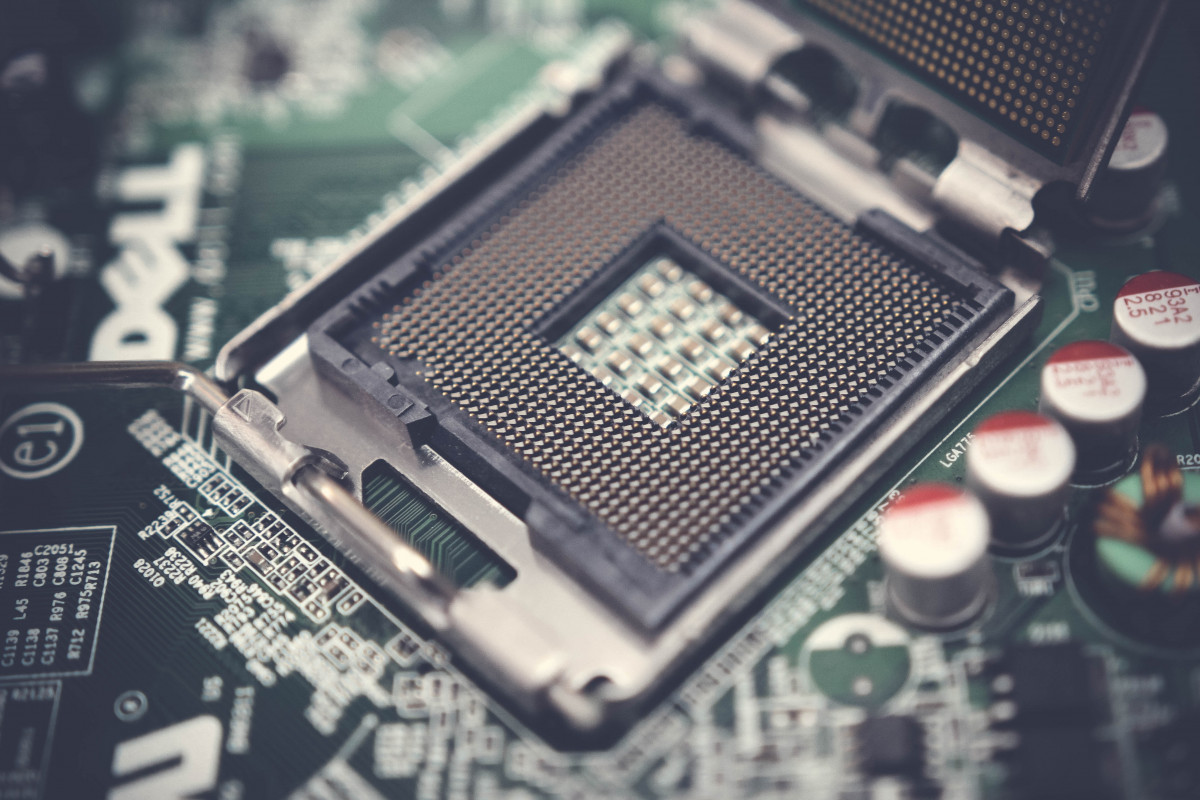Printer Issues
It seems that if you have a Brother printer there is an issue with being able to print after the latest updates to Windows 11. I am not sure why it isn’t on Windows 10 but according ghacks “Printers may not be detected correctly by the operating system if the printer is connected to the device via USB“. This issue might not only be for Brother printers but more than that. This is something just coming up on the net and not everyone knows what is going on but the fix for this issue is to make it a network printer and not connected to a USB. Microsoft hasn’t yet said anything about this issue.
Performance hit using Windows 11 on AMD
This isn’t a surprise to me but I didn’t know about this until as of late. It seems if you are using Window’s 11 and AMD than you might be getting a 5% -15% performance hit according to Bleeping computers. It can be up to 15% performance hit if you are playing games on Windows 11. The L3 cache is the issue with Windows 11 performance issues. AMD is working on fixing the issue and should have a BIO’s update available later on this year. Until then, I strongly recommend not upgrading to Windows 11. You should just keep with Windows 10.
Windows 11 uses to much memory
It seems to be the File Explorer is using way to much memory for Windows 11 and Microsoft is looking into why this is an issue. Microsoft has issued an update in the ‘Dev’ Channel according to bleeping computers and as of yet isn’t available in the release channel. It seems to be a memory leak that is causing the file explorer to have up to a 1GB size in Windows 11.
Parts of Windows 11 not translated

According to a Reddit user, there seems to be a problem with Windows 11 not translating to the right languages. I’ve seen the photo and I am not sure why it isn’t translate but you should check it out to find out what I am talking about.
These are just a few that I saw and thought I’d share with you about some of the problems with Windows 11 and the latest updates. I am sure this isn’t just Windows 11 but probably some of this might be even Windows 10 but it seems like Windows 11 is getting people’s attention and I thought it should at least be considered to stay off of Windows 11 until they get something done or make something compelling to upgrade to Windows 11.







